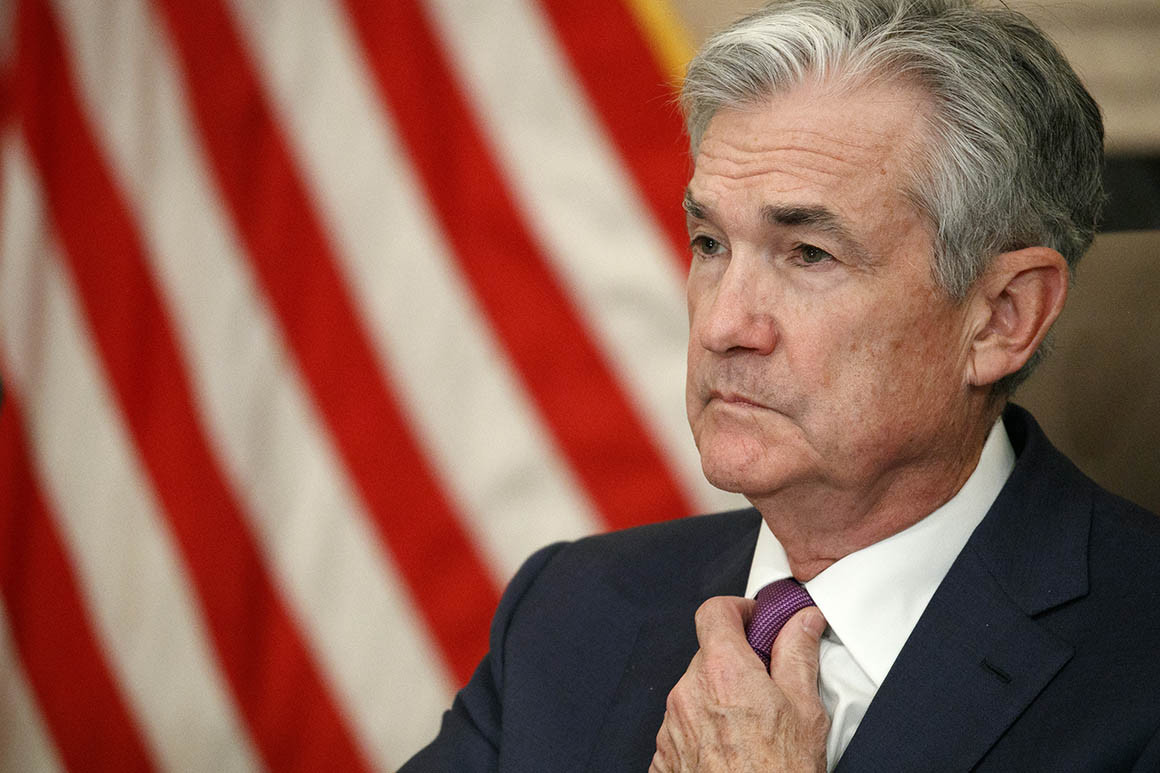The more things change, the more they stay the same.
The top three stories in the financial markets this morning should be quite familiar at this point, and today brings not conclusions, but more questions.
- Federal Reserve Response to COVID-19
- U.S./China Trade Relations
- U.K./E.U. Trade Relations
The FED
With the September FOMC meeting coming to a close today, markets around the world are pausing to listen, with money moving from stocks to bonds in early trading as investors look to see the global markets through Jerome Powell’s eyes to understand where to place their money next. The FED is not expected to make any specific moves on interest rates or bond purchases today, but traders are watching to see what the language in the FED’s 2pm release and FED Chair Powell’s 2:30pm press conference implies about the FED’s moves over the next 2 years.
The FED has likely backed away from any truly decisive action at this point for a couple of reasons:
#1, They’ve already promised the markets that they will backstop the U.S. economy to avoid a deflationary downturn, and economic forecasts for the next 6 months are still widely varying and dependent on vaccine development pace, COVID/Flu season, U.S./China relations and stability following November’s presidential election.
#2, For some time now, the FED and other economists have encouraged Congress to use its powers to boost fiscal stimulus but with pre-election political gridlock, we’re stuck with monetary policy that’s pushing interest rates lower and asset prices higher – the same type of policy that drove the wealth gap wider following the 2008 financial crisis. The FED is likely taking a bit of a “wait and see” approach with the political process.
Investors are looking to understand how the FED will achieve its new inflation target of an “average of 2% over time” when the central bank is choosing not to “tie ourselves to a particular mathematical formula that defines the average.”
U.S./China
The United States and China have been outwardly divided on many issues over the past couple of years including but not limited to, Hong Kong democracy, intellectual property laws, island building, COVID-19 and TikTok. There have been examples of military and political posturing with freedom of navigation naval exercises and the closing of consulates, but what concerns the markets and the global economy more are the tariffs and the reduction of trade.
Yesterday, the World Trade Organization ruled that the U.S. breached global trading rules with the multibillion dollar tariffs that the Trump administration has used as leverage to achieve its policy goals in an attempt to bring manufacturing jobs back to the U.S. The WTO’s three-member panel said the U.S. tariffs broke trading rules because they applied only to China and were above the maximum rates that the U.S. previously agreed to. This announcement is unlikely to have much immediate impact other than to flare up rhetoric. This will be an ongoing legal battle in a global court with few, dull teeth.
U.K./EU
I was still an intern when Brexit “happened,” but, even though it might not make the front page, it’s still unfolding today. Less worrisome for global investors than the U.S./China dispute, the divorce from one of the largest economies in the eurozone still poses a lot of risk and uncertainty.
This week’s flare-up in euro tensions is based on the U.K.’s new Internal Market Bill that would make trade more fluid between the four U.K. member nations. This has faced uproar from the European Commission who are upset that this bill is at odds with the previous Brexit agreement signed in January. Boris Johnson isn’t backing down, so get ready for more rhetoric and posturing as both groups look to maintain good standing with their constituents, but would still benefit from stronger trade at large.
